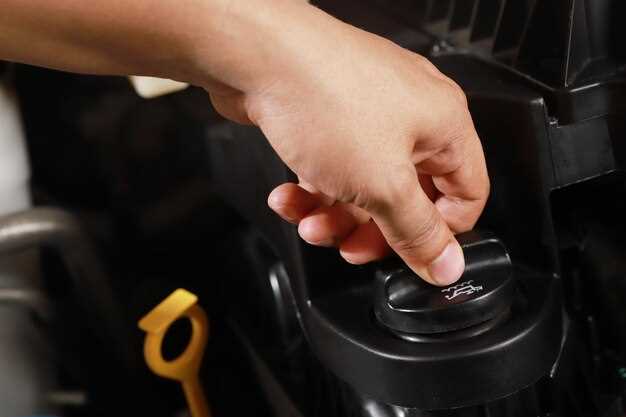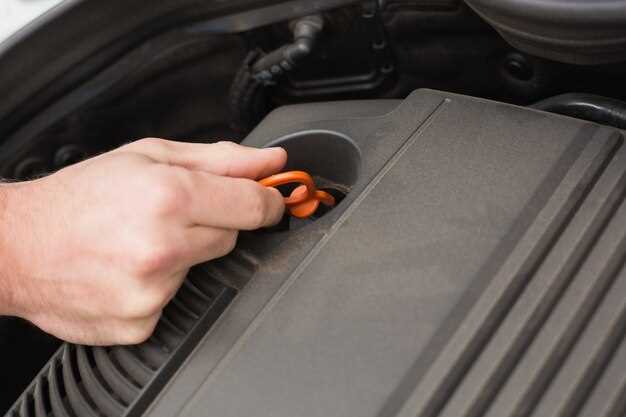
When it comes to maintaining your Ford vehicle, one crucial aspect that often gets overlooked is the fuse box. Understanding how to replace a blown fuse is not only essential for ensuring your car’s electrical systems function correctly, but it can also save you time and money on repairs. Fuses act as protectors for various electrical components, preventing damage caused by overcurrent. Recognizing when a fuse has blown is the first step in addressing electrical issues in your vehicle.
This guide will walk you through the process of identifying, removing, and replacing a blown fuse within your Ford’s fuse box. You will learn to locate the fuse box, which is typically found in the interior cabin or the engine compartment, and how to read the fuse diagram to find the specific fuse related to the malfunctioning component. Armed with the right tools and knowledge, you can troubleshoot minor electrical problems and restore your Ford to optimal performance without the need for a mechanic.
Whether you’re dealing with issues like a malfunctioning dashboard light or a non-functional power window, knowing how to replace a blown fuse can empower you as a car owner. With straightforward steps and careful attention to detail, you’ll be able to tackle this common issue effectively and get back on the road with confidence.
Identifying the Correct Fuse for Replacement in Your Ford Model

When a fuse blows in your Ford, it’s crucial to identify the correct fuse for replacement to ensure proper functionality of your vehicle’s electrical systems. The first step is to locate the fuse box. Depending on the model year of your Ford, the fuse box could be located under the dashboard, in the engine compartment, or even in the trunk.
Once you have accessed the fuse box, consult the owner’s manual for a detailed diagram. This diagram will indicate the position of each fuse along with its respective function. It is essential to identify the specific fuse that corresponds to the component that is not working correctly.
Examine the blown fuse visually; a broken wire or a burnt element will often indicate that it needs replacing. In some cases, a multimeter or a test light can be used to confirm whether a fuse is functioning properly. If the fuse appears intact but the issue persists, further investigation may be necessary.
After pinpointing the blown fuse, ensure you replace it with one that matches the correct amperage rating. This information is typically printed on the fuse itself or specified in your owner’s manual. Installing a fuse with the wrong rating can lead to further damage or fire hazards.
By carefully identifying the correct fuse and following these simple steps, you can effectively restore the electrical functionality of your Ford vehicle.
Step-by-Step Instructions to Access and Replace the Fuse

First, locate the fuse box in your Ford. It is typically found under the dashboard on the driver’s side or in the engine compartment. Refer to the owner’s manual for the exact location if necessary.
Once you have located the fuse box, open it carefully. Depending on the model, you may need to remove a cover or lid. Be cautious not to damage any clips or hinges while doing this.
Next, identify the specific fuse that needs replacement. A fuse diagram is usually available on the inside of the fuse box cover or in the owner’s manual. This will help you determine which fuse corresponds to the malfunctioning component.
After identifying the blown fuse, use a fuse puller tool or needle-nose pliers to gently remove it from the fuse box. Avoid using excessive force to prevent any damage to the surrounding fuses or the fuse box itself.
Check the metal wire inside the fuse. If it is broken or melted, the fuse is blown and needs to be replaced. Choose a new fuse of the same amperage rating, which can usually be found indicated on the fuse or in the owner’s manual.
Insert the new fuse into the same slot in the fuse box, ensuring it fits snugly. Make sure it is seated properly to avoid any future electrical issues.
Close the fuse box cover securely once the new fuse is in place. For added safety, double-check that all components are functioning correctly before driving your Ford.
Testing Electrical Systems After Fuse Replacement in Your Ford
Once you have successfully replaced a blown fuse in your Ford, it is crucial to test the electrical systems to ensure they are functioning properly. Start by rechecking the fuse box to confirm that the new fuse is securely seated in its slot. If the replacement fuse is loose, it may not provide a proper connection.
Next, turn on the vehicle’s ignition to power the electrical components that rely on the fuse you replaced. Begin by checking the functionality of the systems associated with that specific fuse. For instance, if you replaced a fuse related to the headlights, switch on the headlights and verify they illuminate correctly.
If the system does not operate as expected, double-check the fuse box for any additional blown fuses or loose connections. It’s also advisable to ensure that the components powered by the fuse are in good condition. Any malfunctioning parts could lead to further fuse issues.
Using a multimeter can provide a more in-depth analysis. Set the multimeter to the continuity setting and check the fuse to confirm that it is intact. Additionally, you can test the voltage at the connectors leading to the components to ensure that electrical power is reaching them. If there is no voltage, there may be a problem upstream in the wiring or another fuse that has blown.
Finally, document your findings. If everything is working as it should, you can be confident that your fuse replacement was successful. However, if problems persist, consult your vehicle’s manual or a professional to diagnose any deeper electrical issues. Regular maintenance and testing can help prevent future fuse-related issues and ensure the reliability of your Ford’s electrical systems.



